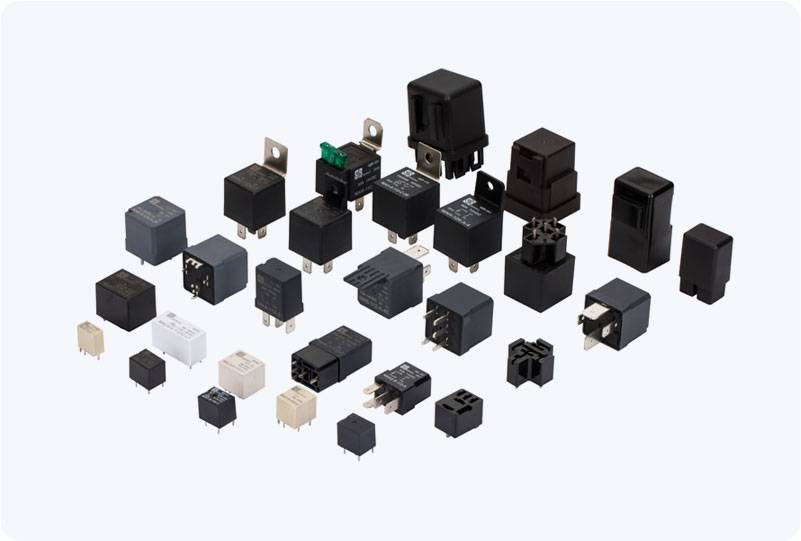Hydro valves, commonly referred to as hydraulic valves, play a crucial role in the functionality and efficiency of hydraulic systems. These valves are designed to control the flow, direction, and pressure of fluid within a hydraulic circuit. They are key components in various industries such as manufacturing, construction, automotive, and aerospace, where high force and precision are essential. This article will explore the different types of hydro valves, their mechanisms, applications, and their importance in hydraulic systems.

Understanding Hydro Valves A hydro valve is essentially a device that regulates the flow of hydraulic fluid. Hydraulic systems rely on pressurized fluid to transmit force, and the valve controls the movement of this fluid. By adjusting the flow of fluid, a hydro valve can control the operation of other components in the system, such as hydraulic cylinders, motors, and actuators. Hydraulic systems can be found in numerous machines and equipment, ranging from heavy-duty excavators and cranes to airplanes and industrial presses. The efficient functioning of these systems largely depends on the correct operation of hydro valves. Without proper regulation, systems could fail to perform as expected or, worse, cause damage or safety hazards.